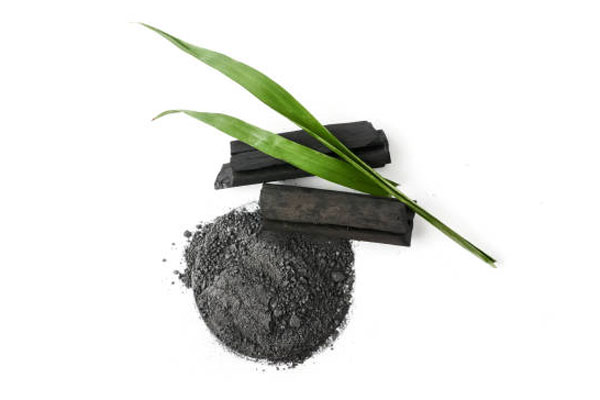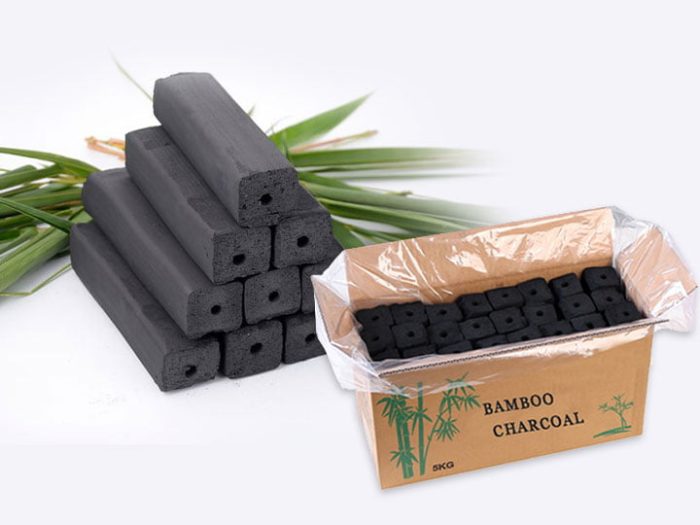Sustainability and renewable energy are driving innovations in carbon-based materials. Among the most promising are bamboo biochar and charcoal briquettes—two products that may look similar at first glance but serve quite distinct purposes. Understanding their formation, composition, and uses reveals why each plays a unique role in modern environmental and industrial applications.
1. Understanding the Nature of Bamboo Biochar
Bamboo biochar is a highly porous carbon material produced by heating bamboo biomass under limited oxygen conditions. This process, called pyrolysis, transforms organic bamboo waste into a stable form of carbon that resists decomposition for hundreds of years. The resulting biochar has an extensive surface area and strong adsorption capacity, making it an ideal material for soil improvement and environmental remediation.
In sustainable farming, biochar is often used as a soil conditioner. When applied to agricultural soils, it improves aeration, water retention, and nutrient availability while reducing soil acidity. This not only enhances crop yield but also sequesters carbon, contributing to long-term climate change mitigation. To achieve efficient and consistent biochar quality, many producers rely on advanced equipment such as a biochar making machine, which optimizes temperature and oxygen levels throughout the pyrolysis process.

2. The Benefits and Applications of Bamboo Charcoal
Bamboo charcoal differs from bamboo biochar in terms of its target use and production characteristics. While biochar is designed mainly for agricultural or environmental functions, bamboo charcoal often serves industrial and domestic applications. Produced under higher temperatures, bamboo charcoal has greater carbon content and higher hardness, making it useful in fuel, filtration, and purification.
One of the notable properties of bamboo charcoal is its exceptional adsorption capability. It can capture odors, moisture, and harmful chemicals, which explains its use in air-purifying bags, water filters, and cosmetic products. Moreover, bamboo charcoal is an eco-friendly substitute for traditional wood charcoal since bamboo regenerates quickly, minimizing deforestation. Modern manufacturing setups employ a bamboo charcoal making machine to maintain consistent quality and ensure cleaner emissions during production.
3. Charcoal Briquettes: Efficient and Compact Energy Sources
Charcoal briquettes represent another form of carbon material derived from biomass residues such as sawdust, coconut shells, or agricultural waste. Their main advantage lies in their compact shape and high combustion efficiency, making them suitable for grilling, industrial heating, and household energy use. Because of their standardized size and density, briquettes burn longer and more evenly than traditional lump charcoal.
The manufacturing process involves compressing fine charcoal powder mixed with a binder into solid blocks under high pressure. With the aid of a charcoal briquette making machine, producers can ensure uniform briquette shape, density, and quality. The resulting briquettes are easy to handle, transport, and store, providing a sustainable alternative to fossil fuels while utilizing biomass waste that would otherwise go unused.

4. Comparing Bamboo Biochar and Charcoal Briquettes
Although both bamboo biochar and charcoal briquettes originate from biomass and undergo carbonization, their structural properties and applications differ significantly. Bamboo biochar’s porous texture makes it effective for adsorption and nutrient exchange in soil systems, whereas charcoal briquettes are engineered for controlled combustion and energy output. In essence, one is optimized for environmental enhancement, and the other for energy efficiency.
From an environmental perspective, both contribute to reducing greenhouse gas emissions and promoting circular economy principles. Bamboo biochar locks carbon into the soil, while briquette production minimizes waste and reliance on wood-based charcoal. Together, they demonstrate how modern carbon materials can serve distinct yet complementary sustainability goals.
5. The Future of Carbon-Based Materials
As the global community seeks renewable solutions to replace fossil fuels and enhance environmental resilience, the role of bamboo biochar and charcoal briquettes will continue to grow. Both represent practical applications of circular economy principles: transforming waste into value while reducing carbon footprints. Whether it is improving soil fertility or providing clean-burning fuel, these carbon products illustrate how natural resources like bamboo can power a greener future.
Their development also highlights the importance of investing in modern production systems and sustainable technology. With proper management and innovation, carbon materials derived from bamboo and biomass can continue to shape an eco-friendly industrial landscape that supports both productivity and planetary health. We’re here at Beston Group to provide you with more details.